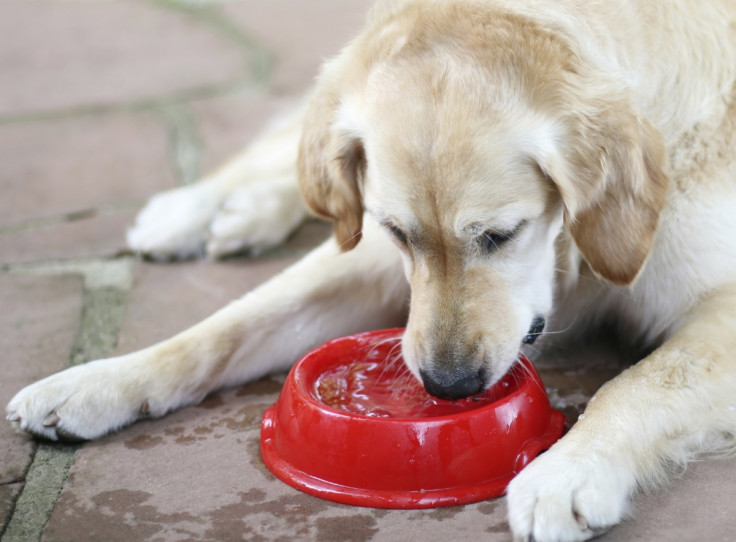Dogs' sloppy drinking method actually maximises water lapped up
Dogs are sloppy drinkers, but they are so for a reason, scientists have discovered. A team of researchers from the Virginia Tech College of Engineering have found their drinking technique is a precise method that allows them to maximise the amount of water drank per lap.
Dogs lap water because they have "incomplete cheeks" and cannot suck because they cannot create suction. This means they have to use their tongues to raise water upwards. However, the exact mechanism for how they do this – and how they are different to cats – was not known.
Publishing their findings in the journal PNAS, the team looked at how dogs lap, generating a physical model of how their tongue interacts with the air and fluid. They also compared the technique to cats to see the difference between the two species (cats also have incomplete cheeks, but do not make a mess when they drink). Previously, it had been thought that they drank in pretty much the same way.
The team measured lapping in 19 dogs to show how dogs exploit the fluid dynamics of the column of water they form using their tongues. They used photography and laboratory simulations to show how dogs plunge their tongues into the water then curl them down towards their lower jaws. They then quickly retract them and a column of water forms raising up towards their mouths, while also creating a ladle with their tongue. The dog then bites down at precisely the right moment to swallow, then instantly repeats the process.

In comparison, cats lightly touch the surface of the water never fully immersing it. Previous research had shown that as their tongues rise into their mouths, the liquid forms a water column. "Dog drinking is more acceleration driven using unsteady inertia to draw water upward in a column, where cats employ steady inertia," Sunghwan Jung, one of the study authors, said.
They concluded that dogs drink in a 'messier' fashion than cats in order to maximise how much water they can take in per gulp. "The everyday experience of dogs as messy drinkers results from the backward curl of the tongue, which increases the size of the water column and thus enables dogs to drink more per lap than with a straight tongue," they wrote.
Sean Gard, a graduate student who filmed the dogs, added: "This was a basic science study to answer a question very little was known about -- what are the fundamental mechanics of how dogs drink? Cats tend be viewed as neater, dogs are messier, but dogs really have to accelerate their tongues to exploit the fluid dynamics of the water column."
The researchers measured tongue motion, recorded water volumes and generally measured the lapping techniques in the dogs. They used the results to generate a physical model in the laboratory of the tongue's interaction with the air-fluid interface, according to Jake Socha, an associate professor of biomedical engineering and mechanics at Virginia Tech.
© Copyright IBTimes 2025. All rights reserved.






















